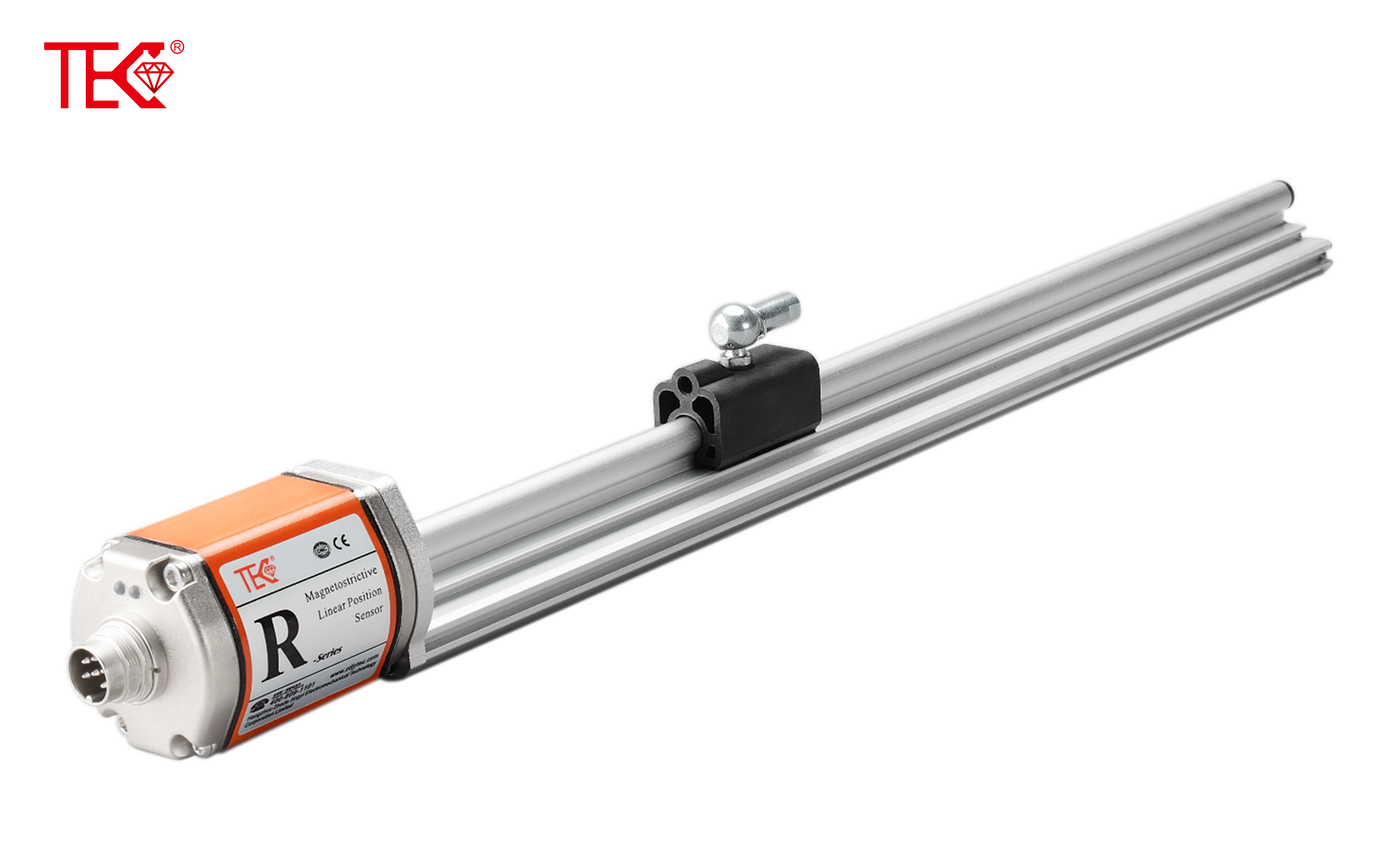How Reliable is a Magnetostrictive Level Gauge for Fluid Monitoring?
Introduction: The Importance of Accurate Fluid Monitoring
In the industrial world, accurate fluid monitoring is crucial for ensuring the smooth operation of various processes. From oil and gas production to chemical manufacturing, the level of fluids within tanks and vessels must be precisely measured to prevent overflows, underflows, and other potential hazards. Magnetostrictive level gauges have emerged as a reliable solution for this task, offering unprecedented precision and stability. However, it's important to examine how reliable these gauges truly are and what factors influence their performance.
The Fundamentals of Magnetostrictive Level Gauges
Magnetostrictive level gauges operate on the principle of magnetostriction, a phenomenon where a material undergoes a slight change in length or volume when placed in a magnetic field. These gauges consist of a floating magnet within a steel tube, with a sensor located at one end. As the fluid level rises or falls, the floating magnet moves accordingly. A pulse is sent down the tube, and when it encounters the floating magnet, it generates a return signal that is then analyzed to determine the fluid level.
Accuracy and Precision of Magnetostrictive Gauges
One of the key advantages of magnetostrictive level gauges is their exceptional accuracy and precision. They are capable of measuring fluid levels to within millimeters, even in vessels with large dimensions. This accuracy is achieved through the use of advanced signal processing techniques and high-resolution sensors. Additionally, the gauges are unaffected by changes in fluid density, temperature, or viscosity, ensuring consistent performance over a wide range of operating conditions.
Durability and Longevity of Magnetostrictive Gauges
Another important factor in assessing the reliability of magnetostrictive level gauges is their durability and longevity. These gauges are designed to withstand harsh industrial environments, including high temperatures, pressures, and corrosive fluids. The use of stainless steel and other corrosion-resistant materials ensures that the gauges can maintain their performance for extended periods, reducing the need for frequent maintenance or replacement.
Factors Affecting the Reliability of Magnetostrictive Gauges
While magnetostrictive level gauges are highly reliable, there are certain factors that can affect their performance. One such factor is the installation of the gauge. Proper installation is crucial for ensuring accurate measurements, as any misalignment or obstructions in the tube can lead to errors. Additionally, the quality of the gauge itself can vary depending on the manufacturer. It's important to select a gauge from a reputable manufacturer with a proven track record of reliability.
Conclusion: The Reliability of Magnetostrictive Level Gauges
In conclusion, magnetostrictive level gauges are a highly reliable solution for fluid monitoring in industrial applications. Their exceptional accuracy, precision, and durability ensure that fluid levels can be measured accurately and consistently over extended periods. However, it's important to ensure proper installation and select a gauge from a reputable manufacturer to maximize the reliability of these devices. With these considerations in mind, magnetostrictive level gauges are an excellent choice for fluid monitoring in a wide range of industrial applications.
 How to choose a magnetostricti
How to choose a magnetostricti
 Where can the magnetostrictive
Where can the magnetostrictive
 How to choose a magnetostricti
How to choose a magnetostricti
 Working principle of explosion
Working principle of explosion
